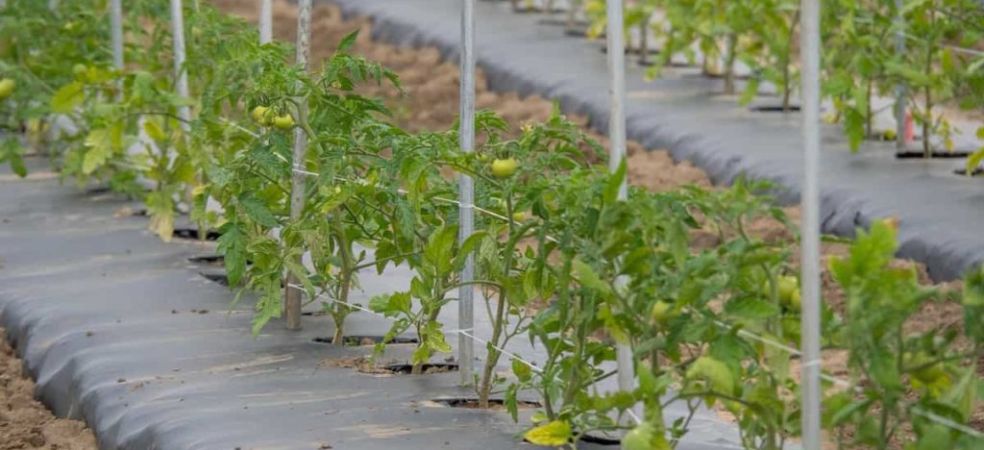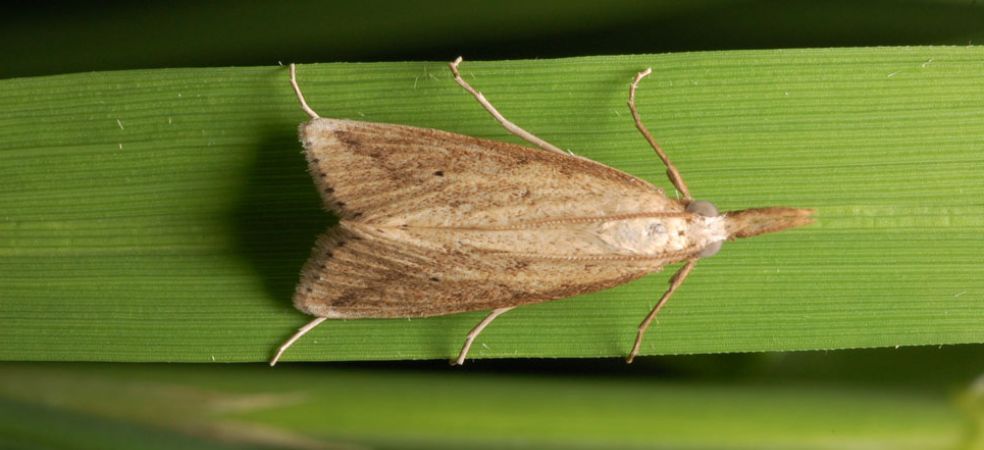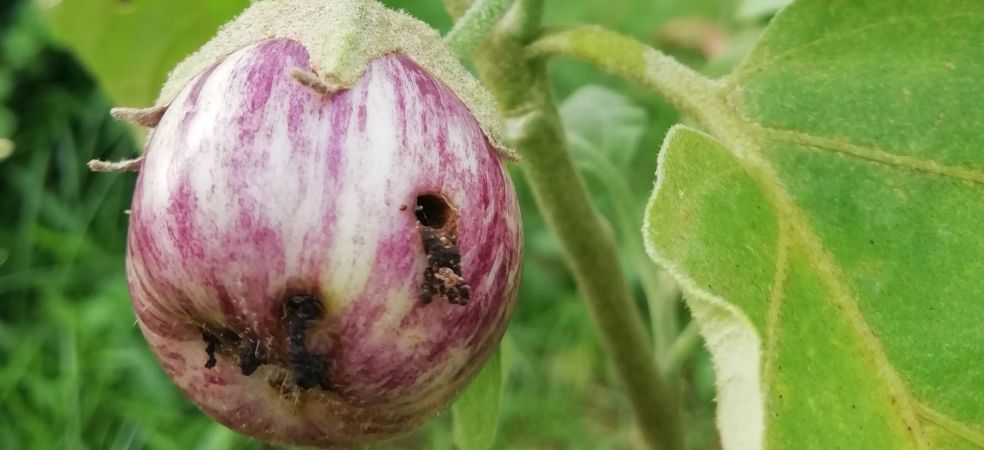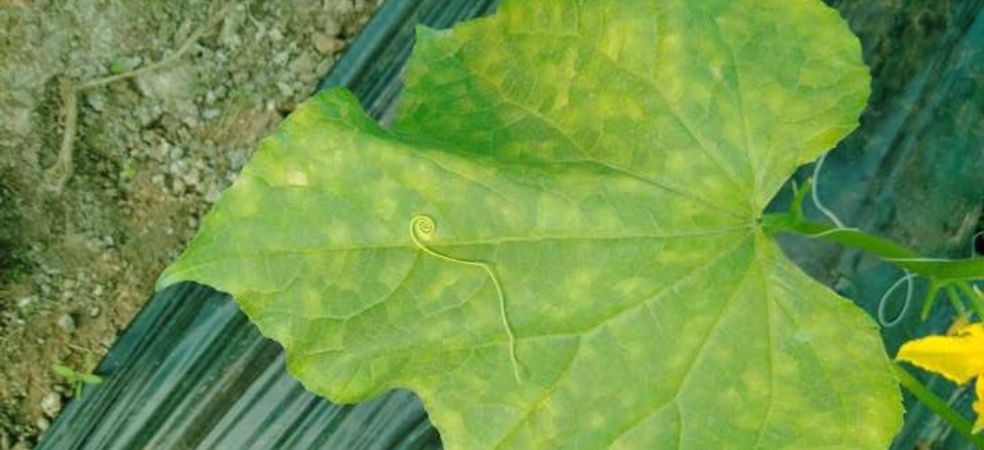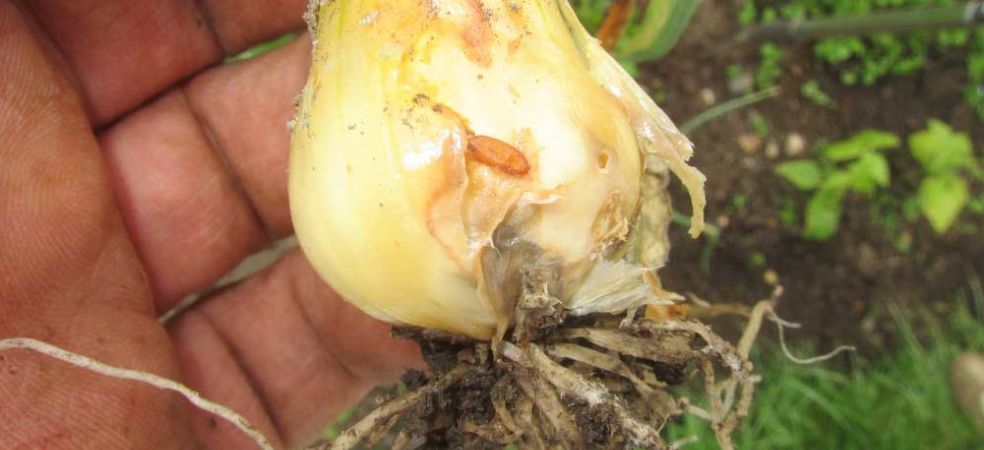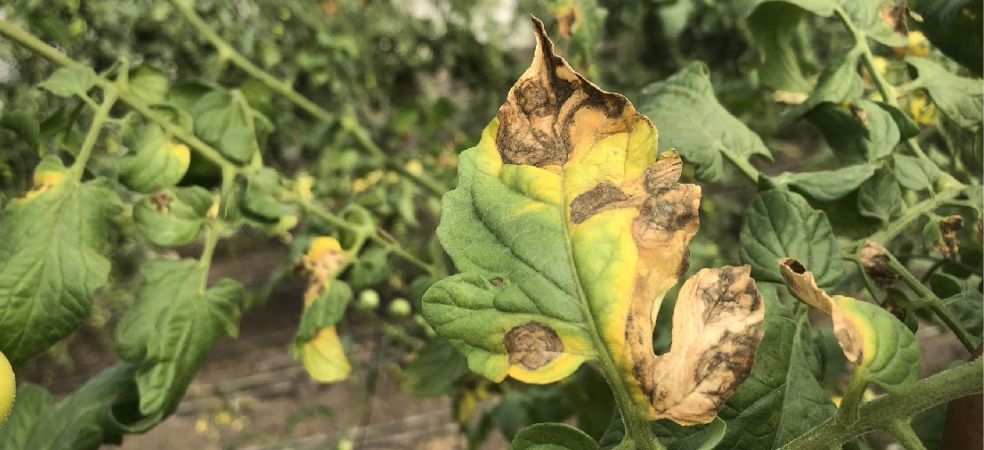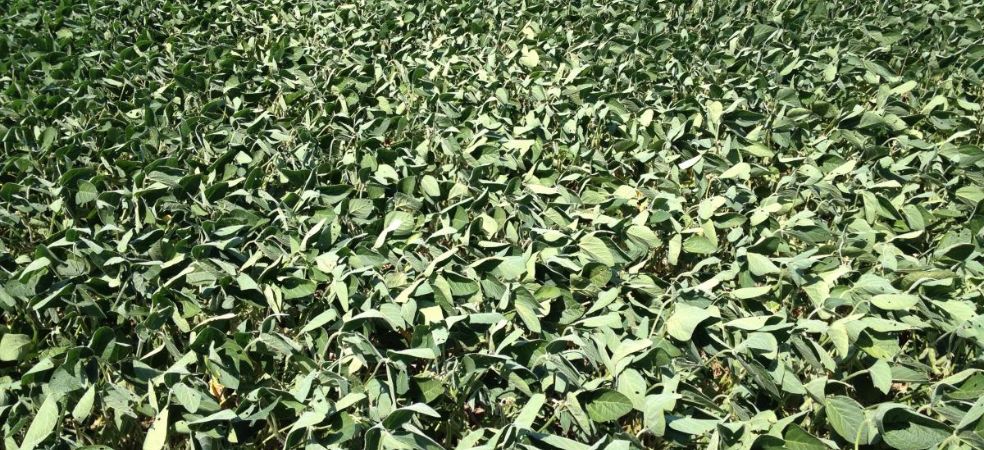At the time of tomato fruiting, the plant falls down due to the excess weight of the tomato plant. Due to this, the crop gets destroyed. Due to this, the farmer has to bear heavy losses. Along with this, pests and diseases are also more prone to fall under the plant. Therefore, to keep the tomatoes from falling down, tie them with wire and keep them safe.
Method and benefits of staking
For staking, 10-foot-high bamboo poles are placed at a distance of 10 feet along the side of the ridge. Iron wire is tied on these poles at a 2-2 feet height. After that, the plants are connected to the wire with the help of twine, due to which these plants grow upwards. The height of these plants reaches up to 5-8 feet, due to which not only the plant becomes intense, but the fruit is also better. In addition, the fruit is also saved from rotting. By this method, more profit can be obtained than conventional farming.
ShareFor more such important information related to the agriculture sector, keep reading the articles of Gramophone daily. If you liked today’s information, then do not forget to share.

